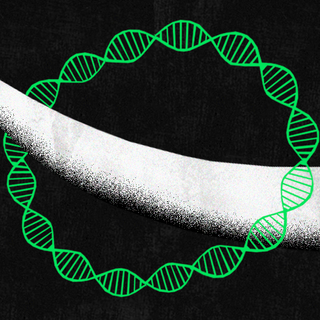Scientists at Harvard University have “built” a school of robotic fish that can swim on their own. But what powers them aren’t batteries or solar energy; it’s cells from a human heart. The objective behind this creation, called “biohybrid fish,” wasn’t to inspire authors of dystopian sci-fi — but to push the boundaries of medical innovation.
It can help “advance pacemaker technology and bring science closer to developing artificial hearts for people,” as the Smithsonian Magazine described.
Published in the journal Science this month, the study details the findings and anatomy of these fish. The researchers explain how the biohybrid fish was built using paper, plastic, gelatin — and two strips of living heart muscle cells. The contractions of these cells cause the fish’s tail to flap, allowing it to swim.
Reportedly, the fish were swimming — by themselves — for 100 days. “The really interesting thing about these fish, which we weren’t expecting, is how long they would swim and how fast they would swim in the dish,” said Kit Parker, a professor of bioengineering and applied physics at Harvard, who was involved in the research.
“[But] it’s a training exercise… Ultimately, I want to build a heart for a sick kid,” Parker added.
Related on The Swaddle:
New Research Hints at a Link Between Psychedelics and Improved Heart Health
The experiment can potentially help scientists devise ways to advance heart treatments such as pacemakers. These are small, electrical impulse-generating medical devices implanted in a person’s chest that enables their heart to pump blood to the rest of their body.
This artificial fish is powered by human heart cells.https://t.co/aioJKFDZft pic.twitter.com/6c5nIbA1sn
Moreover, as Parker notes, they aim to ultimately be “building engineered hearts for children born with malformed hearts.” But to do that, “one must recreate the biophysics in order to have the robust behavior required of [hearts].”
“By replicating the biophysics of the heart into this fish, we were activating various processes within these cells that are designed to help them sustain themselves… We are hoping that in our next endeavor, we will keep these cells and these tissues alive much longer than even four and a half months,” he added.
However, not everyone within the scientific community is impressed. Michael Schneider, a professor of regenerative cardiology at Imperial College London, who wasn’t part of the research, is among them. While Schneider does believe the experiment was a “technical feat” in some ways, he told Insider that it might not only take years for this technology actually to start being used in medicine. Plus, there may be better, more promising technologies available too — like transplanting genetically-altered pig hearts into human patients’ bodies, which was successfully done last month.
But Parkers remains unfazed. “I think that other methods will be faster than us… But in the long run, creating tissue that relies on the patient’s own cells could offer unexpected benefits over pig organs or synthetic alternatives,” he noted.
The experiment’s success has proved that Parker’s end goal of building artificial hearts may be a possibility; it may be a distant one, but the scientists are, at least, a few steps closer and much more optimistic.




